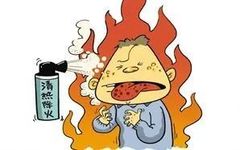
Click the blue text to follow!
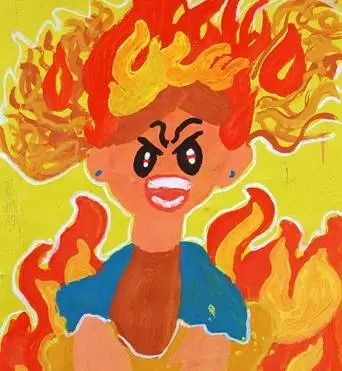
Yin deficiency refers to the phenomenon of deficiency in essence, blood, or body fluids. Individuals with Yin deficiency often experience excess heat, which can be simply understood as being prone to heat-related symptoms. The most obvious symptoms include dry mouth and throat, heat in the five palms, insomnia, night sweats, and nosebleeds.
1. Body Emaciation
Those with Yin deficiency have excess stomach heat, can eat and drink well, but have a fast metabolism, making it difficult to gain weight. They appear lean with relaxed muscles.
2. Irritability and Insomnia
Individuals with Yin deficiency often have internal heat attacking the heart, leading to feelings of chest tightness, emotional instability, difficulty concentrating, and waking easily at night.
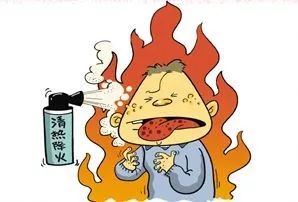
3. Dull Skin
People with Yin deficiency have skin that lacks moisture, appears dry and dull, and may easily develop heat symptoms, such as mouth sores, a red tongue, and constipation.
4. Dizziness and Fatigue
With insufficient body fluids, nutrients are poorly absorbed, and the excess heat consumes energy, leading to weakness and dizziness.
5. Hot Hands and Feet
Those with Yin deficiency have excess internal heat, resulting in “five palms heat”; their body temperature may be normal, but their palms and soles feel hot, even in winter.
6. Other Symptoms
Afternoon heat, night sweats, a desire to avoid clothing when feeling hot, hot palms and soles, or bone steaming heat, irritability, insomnia, vivid dreams, flushed cheeks, night sweats, dry mouth and throat, hard stools, dark yellow urine, a dry red tongue or one with cracks, little or no coating, and a thin rapid pulse. This may also be accompanied by recurrent mouth ulcers, pain, dizziness, and lower back weakness.
What Should People with Yin Deficiency Eat?
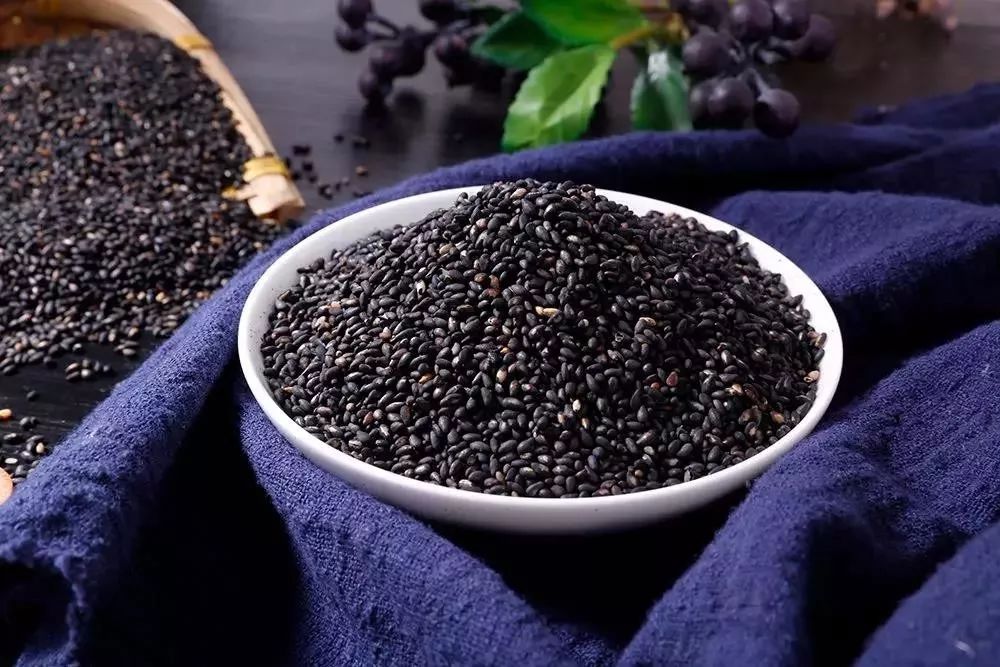
Individuals with Yin deficiency should consume more foods that are cooling and nourishing, such as sesame, glutinous rice, honey, dairy products, sugarcane, vegetables, fruits, tofu, and light fish dishes. They can also eat congee made from Sha Shen (Adenophora root), Bai He (Lily bulb), Gou Qi Zi (Goji berries), Sang Shen (Mulberries), and Shan Yao (Chinese yam).
Additionally, they can consume bird’s nest, white fungus, sea cucumber, mussels, crab meat, Cordyceps, and old male duck.
Spicy and dry foods, such as scallions, ginger, garlic, leeks, and peppers, should be eaten sparingly.

Dietary Therapy for Yin Deficiency with Excess Heat
Yin deficiency with excess heat is a diagnosis in TCM, primarily treated with TCM herbal methods to nourish Yin and clear heat. It is also important to adjust one’s mindset, maintain emotional stability, and keep a calm heart.
Symptoms of Yin deficiency with excess heat can worsen in dry and hot summers. The following dietary therapies can nourish Yin and regulate the spleen and stomach:
1. Tian Men Dong Congee
60 grams of Tian Men Dong (Asparagus root) and 100 grams of rice. Boil the Tian Men Dong to extract the juice, strain it, and add it to the rice to cook congee for breakfast.

2. Sheng Di Huang Congee
150 ml of Sheng Di Huang (Rehmannia root) juice (or 150 ml of concentrated juice from dried Rehmannia) and 100 grams of rice. Cook the rice into congee, then add the Sheng Di Huang juice when the congee is ready, stir well, and consume.
3. Bai He Congee
50 grams of fresh Bai He (Lily bulb), 100 grams of rice, and an appropriate amount of rock sugar. First, cook the rice into congee, then add the Bai He when it is almost done, cook until ready, and add rock sugar to taste. If fresh Bai He is unavailable, 30 grams of dried lily powder can be used instead, cooked with the rice.

Can People with Yin Deficiency and Excess Heat Use Moxibustion?
It is well known that individuals with Yang deficiency are suitable for moxibustion. But can those with Yin deficiency and excess heat use it?
Yin deficiency with excess heat primarily indicates that the heat (lung heat, stomach heat, gallbladder heat, etc.) cannot be reduced, which is due to weak central Qi. Water flows downwards, and fire rises. Naturally, heat rises, and it needs the movement of central Qi to descend.
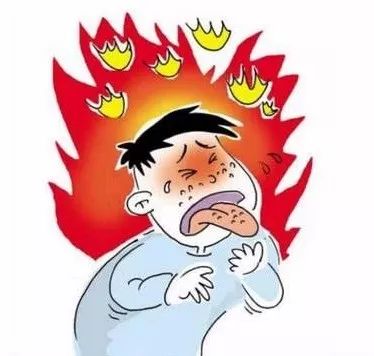
Moxibustion can replenish central Qi, so most individuals with Yin deficiency can undergo moxibustion.The specific recommendation is: proceed gradually, focusing on the legs.
Initially, moxibustion for 10-15 minutes at each acupoint, every other day; start with Zu San Li (Stomach 36), San Yin Jiao (Spleen 6), and Tai Xi (Kidney 3). Allow the body to gradually adapt to the incoming pure Yang energy, and once adapted, the body will naturally adjust to a normal Yin-Yang cycle, making it less prone to excess heat.
Yin Deficiency
Insomnia
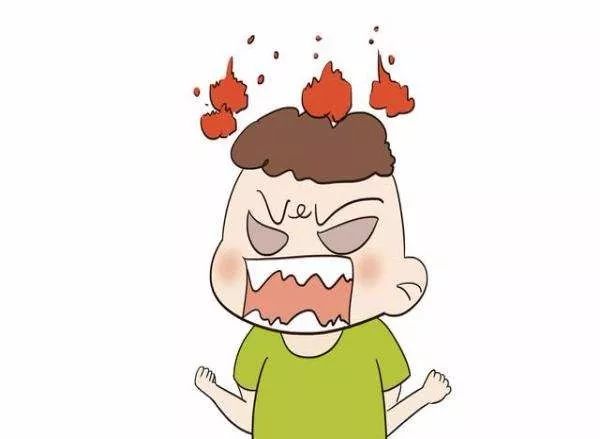
Insomnia is a major culprit in the vicious cycle of Yin deficiency symptoms. Poor sleep can lead to increased heat, and long-term sleep deprivation is a significant factor in damaging Yin.
Therefore, addressing sleep issues is crucial. How can one regulate this?
Moxibustion at Tai Chong (Liver 3).
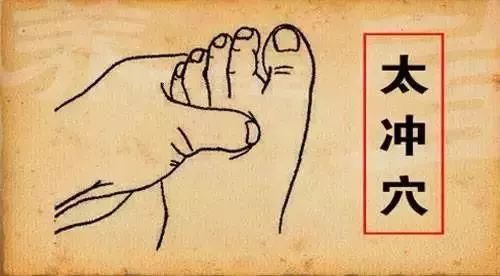
The Tai Chong acupoint is located at the junction of the big toe and the second toe, in the depression before the highest point of the foot.
Those who are usually irritable, have strong heat, or tend to bottle up their emotions can spend 10 minutes each night before bed pressing the Tai Chong acupoint. A noticeable feeling of soreness, numbness, swelling, or pain indicates effectiveness. This can help improve mood and alleviate insomnia symptoms.

Train a hundred thousand dietary therapy experts to serve millions of healthy families in China.
He has practiced long-distance running for thirty years but says it is not as good as moxibustion for one year.
What is the principle of treating winter diseases in summer?
No matter how rich, do not develop a “rich man’s hump”!


